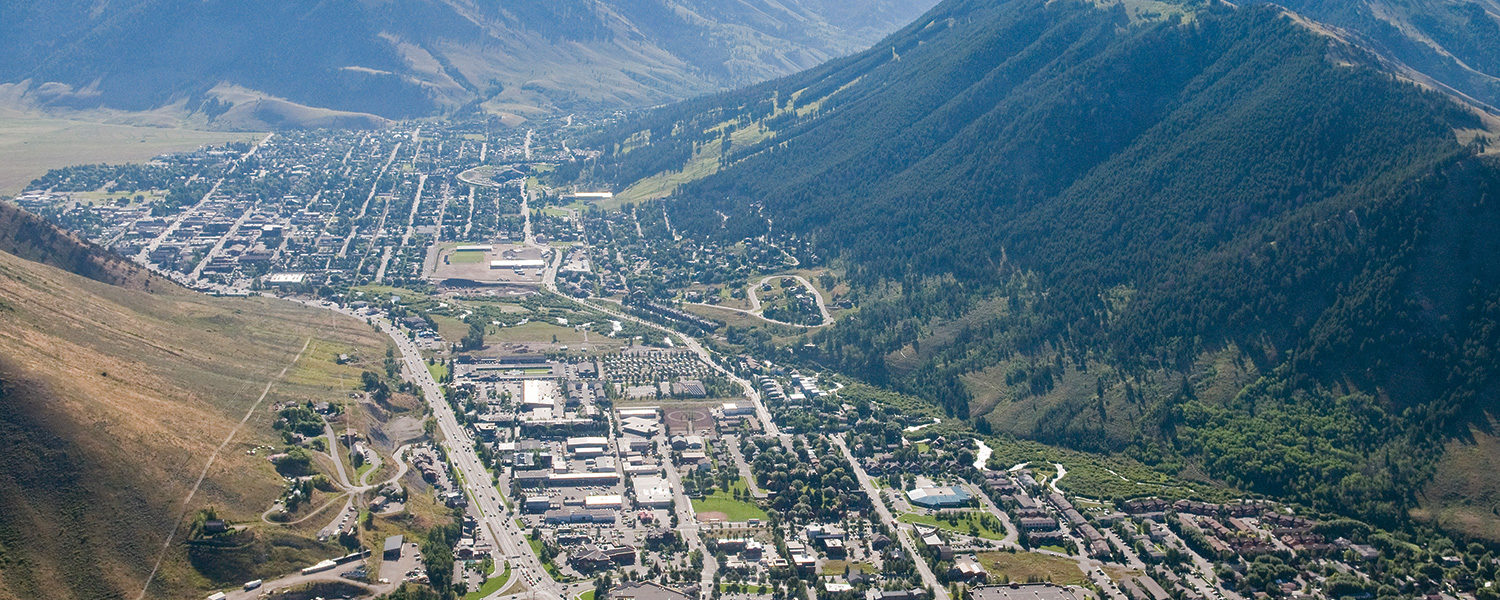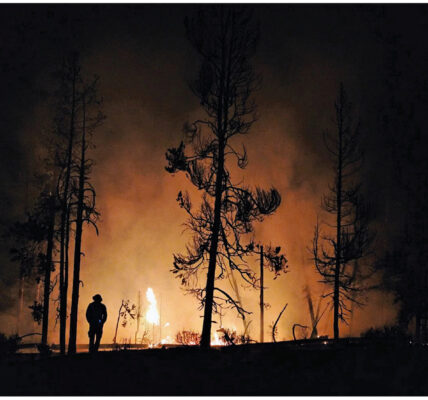Jackson Hole wealth skyrockets as state struggles to claim a piece

By Angus M. Thuermer Jr., WyoFile.com
The average per-capita income in Teton County soared to $318,297 in 2021, a leap an analyst called a “truly breathtakingly mind-blowing” increase that put the community far above any other county in the U.S.
The increase, teased out of federal statistics by consultant and Jackson Town Council member Jonathan Schechter, came mostly from investments among the county’s richest denizens. Fully 69% of Teton County’s personal income came from investments, far more than the U.S. average of 18%.
The county’s median per-capita income, not immediately discernible from the 2021 U.S. Bureau of Economic Analysis figures, likely remains far below — in the neighborhood of 2020’s $55,000, Schechter said.
Schechter revealed his calculations in his Co-thrive newsletter, a production of his Jackson-based Charture Institute think tank. The BEA released the information Nov. 16.
The one-year per-capita jump of $97,404, a 44% spike, propelled Teton County far above second place Pitkin County, Colorado. Average per-capita income there, home of the ski town of Aspen, measured $198,939 — $119,358 less than Teton’s.
Teton County is the only one of 3,114 U.S. counties where per-capita income topped $200,000, meaning average income is more than 50% higher than the next closest county.
“There’s a high concentration of wealth,” Schechter said of Teton County. “What this signifies is just how concentrated that [wealth is] becoming — how much more it became in the last year.”
Wyoming lawmakers, who seek to tap into the riches by maximizing revenue from state lands, among other things, should take stock, Schechter said.
“Why are people choosing to come here and not Wyoming’s other 22 magnificent counties?” he asked. “The same tax and trust laws apply everywhere else in the state.”
Lawmakers, “might want to ask themselves ‘what are those people in Teton County doing that is working so well?’” he said. “That to me seems like a pretty logical question.”
The state’s most recent attempts to capture some Teton County wealth center on leasing state school trust land — much of it now in open space — for various commercial purposes. The State Board of Land Commissioners — spurred on by legislation — has entertained development proposals for several of the state’s holdings in the county.
Those, however remain controversial and have run afoul of some local sentiment and county environmental safeguards. The most recent development — a high-end “glamping” operation near Teton Village — would generate $119,800 a year for the state, according to original but since-trimmed-down plans.
Basecamp Hospitality is scheduled to update the SBLC on its controversial luxury camping development near Teton Village on Thursday. Critics have blasted the Office of State Lands and Investments for allowing a gray-water leach field after originally approving a closed system.
State officials have also mulled, though not officially proposed, using a 640-acre parcel inside Grand Teton National Park as the site of a casino or resort.
At the same time, lawmakers have repeatedly resisted a state income tax or allowing counties to impose a local real estate transfer tax. A real estate tax could generate funds to help Teton County accommodate its workers, many of whom are priced out of the housing market.
Housing in Teton County costs $226 for every $100 the average Wyoming resident pays, according to the latest figures from the Economic Analysis Division of the Wyoming Department of Administration and Information. In the second quarter of 2022, a two-bedroom unfurnished apartment in Teton County cost an average of $2,782 a month — before utilities.
The next-most-expensive county was Laramie, where a similar apartment rented for an average of $1,008.
A 1% transfer tax could generate $20 million annually, Rep. Mike Yin (D-Jackson) estimated last year.
The “extraordinary dynamic” of concentrated wealth and limited private land due to federal ownership of national forests and parks sets the foundation for the social consequences of unequal wealth and internationally scaled real-estate demand. The “incredible double squeeze” comes from being first in per-capita income and second in the percentage of public land among U.S. counties, Schechter said.
“It’s the people at the top who are setting the prices,” he said. “That creates, essentially, an unsolvable problem. We are trying to do things that no community in the world has figured out how to do.”
The state should be looking at other methods to capture Teton County wealth rather than “doing things that potentially compromise our ecosystem health,” which is the county’s top drawing card, Schechter said. State officials, “they’re just not asking the right questions,” he said.





